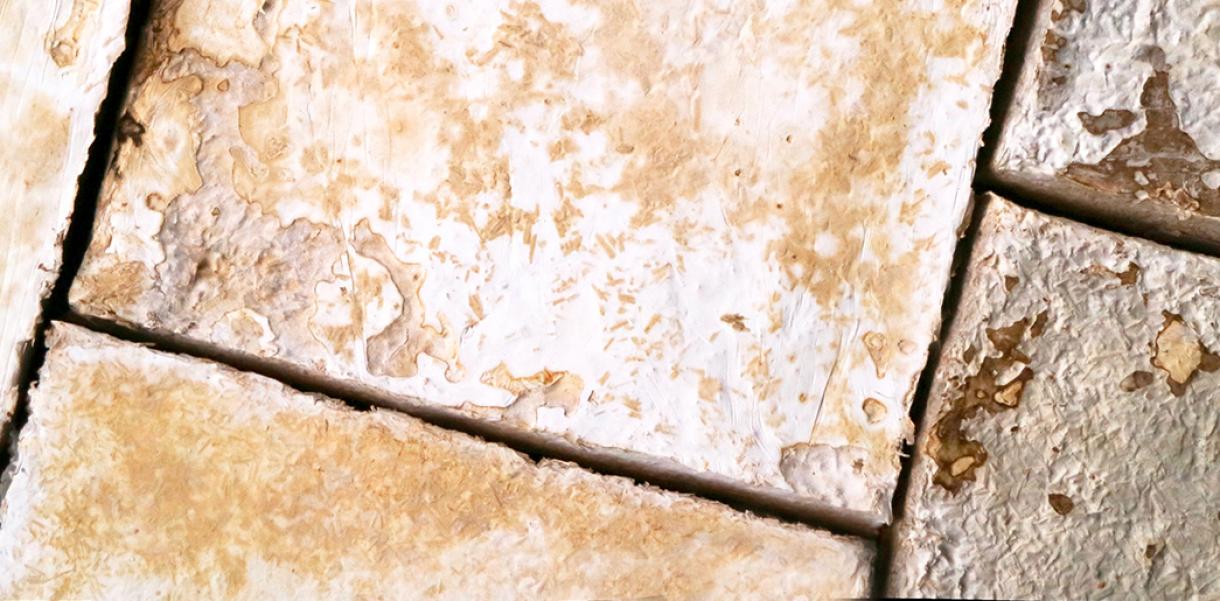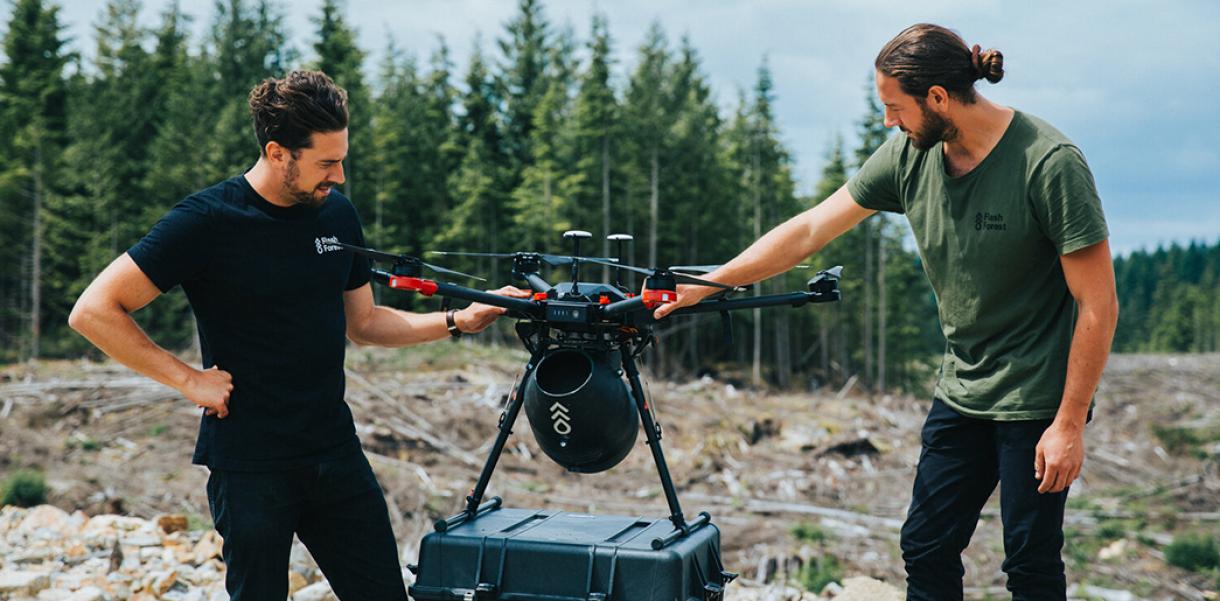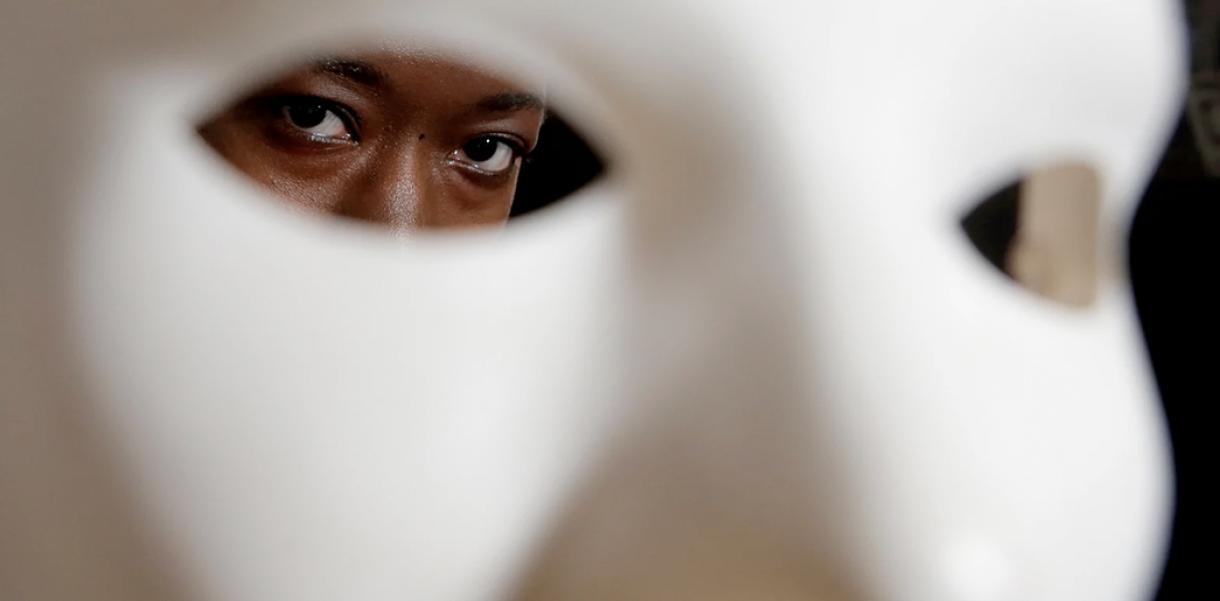"Everything is borrowed from nature; nothing is wasted, and everything is a resource," says Oksana Bondar, Director of Design at BIOHM. This is the driving philosophy behind the iconic London-based studio designing the sustainable built world of tomorrow.
It’s no secret the construction industry is fundamentally broken. We’re building cities as far as the eye can see while sapping our natural resources dry and dumping tonnes of toxic debris into land, air and sea. In the UK alone, a quarter of all waste comes from construction.
"I took a deep dive into these wicked problems and realised I couldn't be a part of business as usual," explains Bondar. "Design is such a powerful tool to bring about change [and] we're trying to reimagine and revolutionise this industry."
BIOHM uses mycelium, the root structure of mushrooms, and local waste products to create sustainable alternatives to the construction industry's most damaging materials. While we know them as tasty treats on our plates, fungi are fantastic raw, sustainable materials for various uses explains Bondar. To date, the company works with over 300 different strains of mycelium.
"It blew my mind: the possibilities and opportunities that mycelium and other living organisms offer to designers," she says. "It taught me to understand and appreciate the complex living organism; you have to respect it, have patience, and treat it almost as a partner or collaborator rather than a blank mass of matter."
Today, BIOHM produces the world's first accredited mycelium insulation product, as well as furniture, acoustic panels and many other bespoke architectural elements. All of their products are 100% bio-based, designed to be easily broken down and returned for reuse. The company’s signature mycelium products can be safely cold-composted.
"Design is such a powerful tool to bring about change [and] we're trying to reimagine and revolutionise this industry."
Sustainability is also the foundation of BIOHM's revolutionary business model, designed to not only turn an ethical profit but create green job opportunities for local communities.
"In nature, systemic thinking means there’s perfect equilibrium and symbiosis between different species and organisms – the same strategy for our business," explains Bondar. "We've had an opportunity to work with different stakeholders to develop an unconventional business model that reconsiders value and how it's distributed – the way the building industry should be."
BIOHM is now in the process of establishing its first insulation biomanufacturing facility. At the initial scale, each biomill will produce about 3,000 square meters of mycelium insulation per month. And at full operation, enough insulation for 120 homes per month. This will consume around 240 tonnes of waste and sequester up to 30 tonnes of carbon, equivalent to the monthly carbon sequestration of almost 20,000 trees.
"We're using this technology as a catalyst for regeneration; environmental, economical and social," adds Bondar.
In the long term, BIOHM aims to set up biomills as small production facilities in economically struggling communities to deliver economic impact while ensuring production is hyper-local.
"We're using this technology as a catalyst for regeneration; environmental, economical and social."
BIOHM's mycelium products not only serve to disrupt the construction industry but pave the way for other mycelium-based goods. The material has proven to be a robust alternative to non-biodegradable materials for everything from furniture to fashion.
Currently, BIOHM is working on Glyndebourne Croquet Pavilion, in collaboration with BakerBrown Studio, which will use a range of organic and recyclable materials, including seafood shells and mycelium, as building materials. The Pavilion dubbed a "material store for the future" will be completed in 2022.




